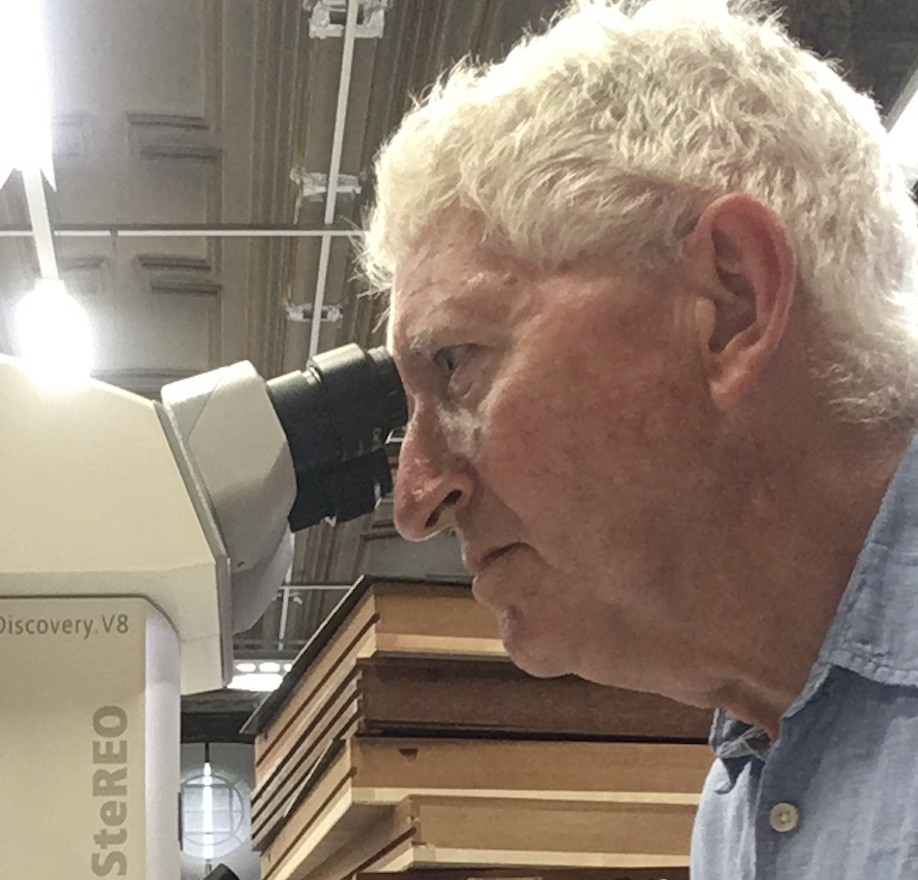Pond skaters have evolved to take advantage of the molecular forces at work on the surface of still water. H2O molecules attract each other – this has little impact under the water – but on top, something quite interesting happens.
Surface tension, a lot like a tight skin a few molecules thick, forms across the top. This means that, under the right conditions, some objects that are denser than water are able to float on the surface – and this is where the pond skater comes in.
The skater’s body is perfectly adapted to suit this very habitat. Its long middle and back legs spread the (already very light) insect’s weight so that no point bears enough pressure to break through this tension.
In fact, where the skater creates indentations in the water’s surface, and it looks like its legs may break through, it actually just increases the water’s surface area. Its body is also covered with hundreds of thousands of minute, water-repelling hairs that prevent the skater from getting wet and becoming heavier.
To move around on the surface, pond skaters scull using their powerful middle legs as oars and their back legs to steer. They use their short front legs to detect even the lightest of vibrations caused by potential prey on the water surface, then to catch and eat the meal once it’s found.
Richard Jones
